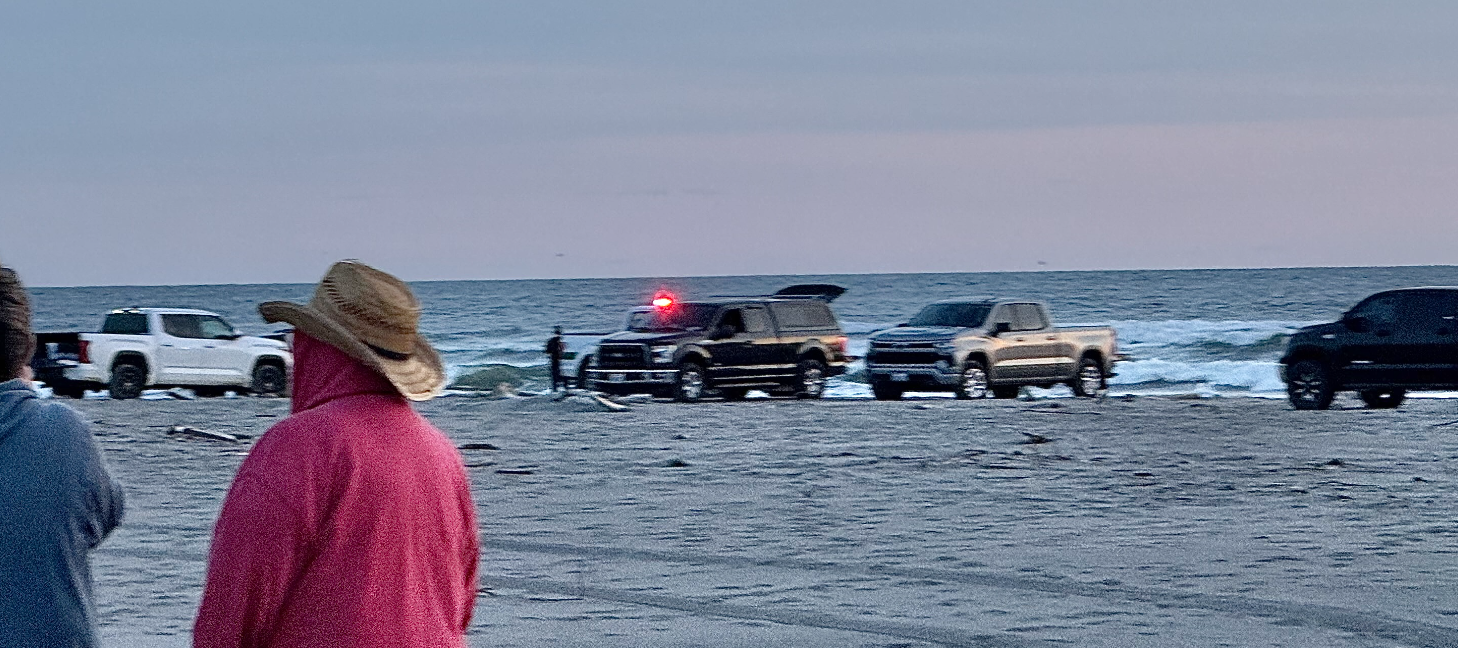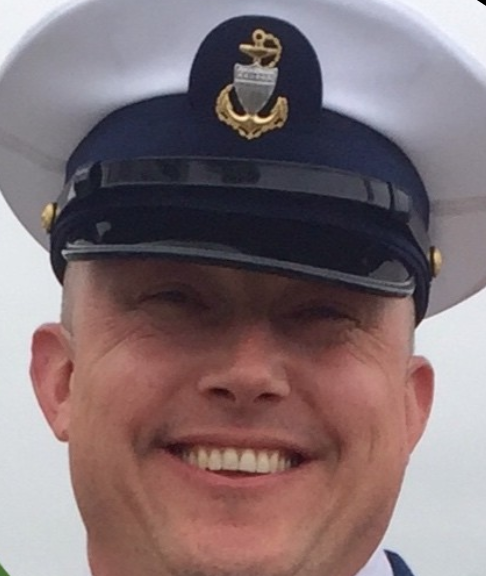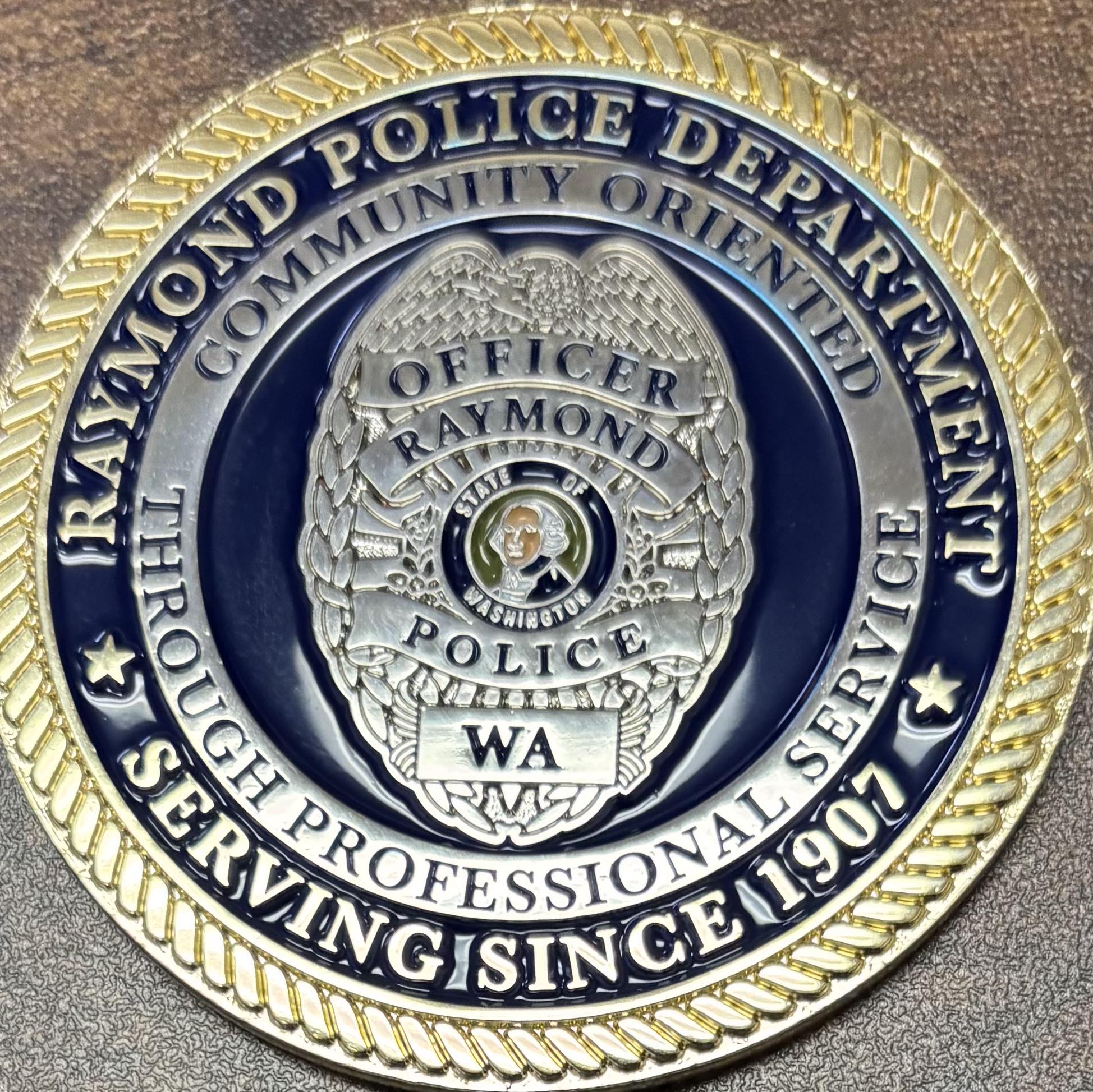Recalling the historic ferries of the Columbia
Published 12:48 pm Friday, December 30, 2022

- Tickets like these on the Astoria-North Beach Ferry were used by Pacific County people traveling to the “big city” of Astoria for healthcare, shopping and other needs, and by Astorians coming north for clamming and fun at the beach. Pedestrian travelers connected with train service until 1930 and small buses thereafter.
For travelers between Oregon and Washington, hardworking ferries were the primary method of transportation across the Columbia River for many years.
Early white traders relied on Indigenous people to get them safely across the Columbia, and many early iterations of ferries were based on Indigenous practices.
Fritz Elfving must also be given credit with the expansion of the ferry system in the lower Columbia region. Elfving founded the Astoria-McGowan Ferry Co. in 1921, capitalizing on the sudden popularity of the Oregon Coast as a travel destination.
The original Tourist ferry was constructed by Wilson Shipbuilding Co. Its maiden voyage across the Columbia was in May 1921, transporting passengers from Astoria to McGowan.
As his business expanded, Elfving constructed new ferries. Tourist No. 2 was built in 1924 and drastically increased his capacity to move travelers across the river.
Tourist No. 2 was purchased by the U.S. military during World War II and renamed the Octopus to assist as a minelayer along the mouth of the Columbia River. The vessel was repurchased by Elfving after the war and resumed normal duties as the Tourist No. 2.
Tourist No. 3 was built by Astoria Marine Construction Co. in 1931 and was the largest of Elfving’s three ferries. After Tourist No. 3’s arrival, competition between Elfving and rivals from Union Pacific Railroad’s ferry service became more intense.
One evening in 1932, Elfving’s competitors drove pilings into the 14th Street ferry landing in Astoria to try to prevent the Tourist No. 3 from resuming service.
In response, Elfving drove the ferry repeatedly into the pilings until they broke apart and freed Tourist 3 — proof of Astoria Marine Construction Co.’s prowess. Eventually, Elfving was able to buy out his competition in 1934.
The Oregon Highway Commission bought Elfving’s ferry company in 1946. The Tourist No. 2 and Tourist No. 3 both stayed in service, with the addition of the 1947 ferry M.R. Chessman and the Kitsap, which came from Puget Sound.
M.R. Chessman was the largest of the fleet and could carry 44 vehicles in addition to 400 other passengers. The trip between Oregon and Washington typically took 30 minutes on a day with good weather.
Weather could also be rough enough that ferry service would need to be canceled. There were also incidents in which the ferries got stuck on sandbars and had to wait until high tide to refloat.
During their 30-minute voyage, passengers were served breakfast and lunch aboard the ferries. Tourist No. 3 and M.R. Chessman both offered Special Club Breakfasts, hamburger steak with hash browns, egg salad sandwiches, and “double rich” milkshakes.
At the time, ferry service was the only way for people to cross this section of the Columbia River, until the construction of the Astoria Bridge in the 1960s.
Once called the “Bridge to Nowhere,” it now connects Astoria to Megler as the longest continuous truss bridge in North America at 4.2 miles long.
With the opening of the bridge, the ferry service was retired. The last official ferry trip was conducted in 1966.
For a step back in time, however, venture out along U.S. Highway 30, where Wahkiakum County’s Oscar B. operates 365 days a year, connecting Westport to Puget Island.





